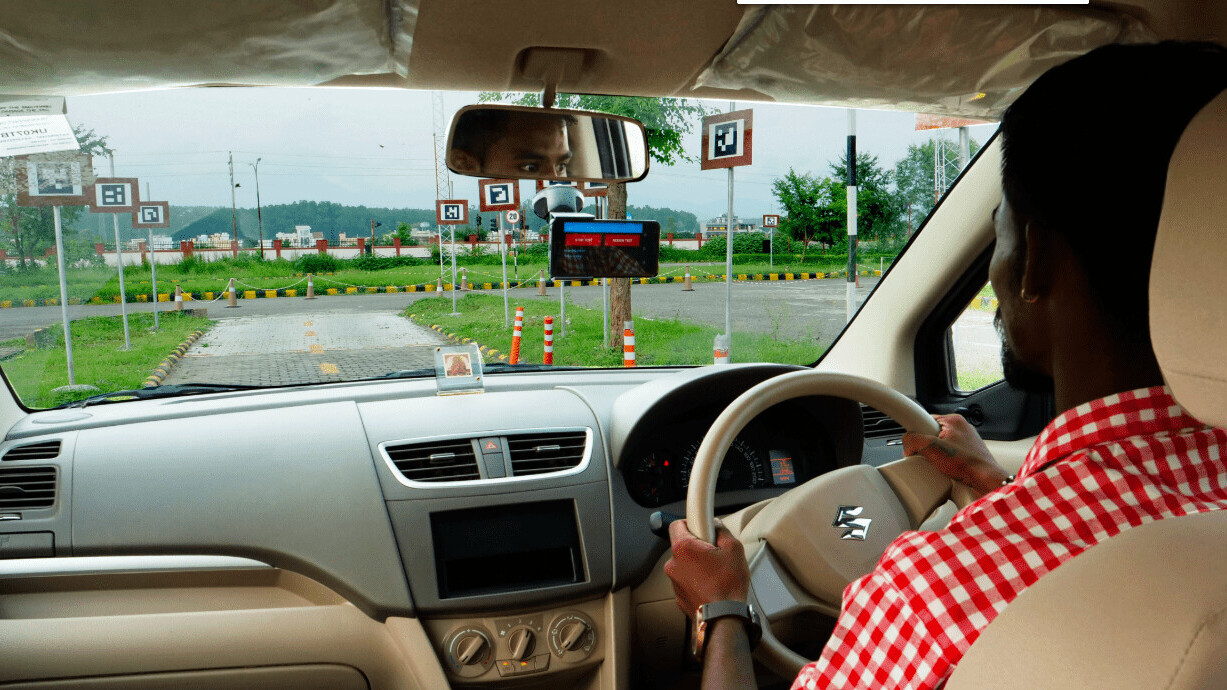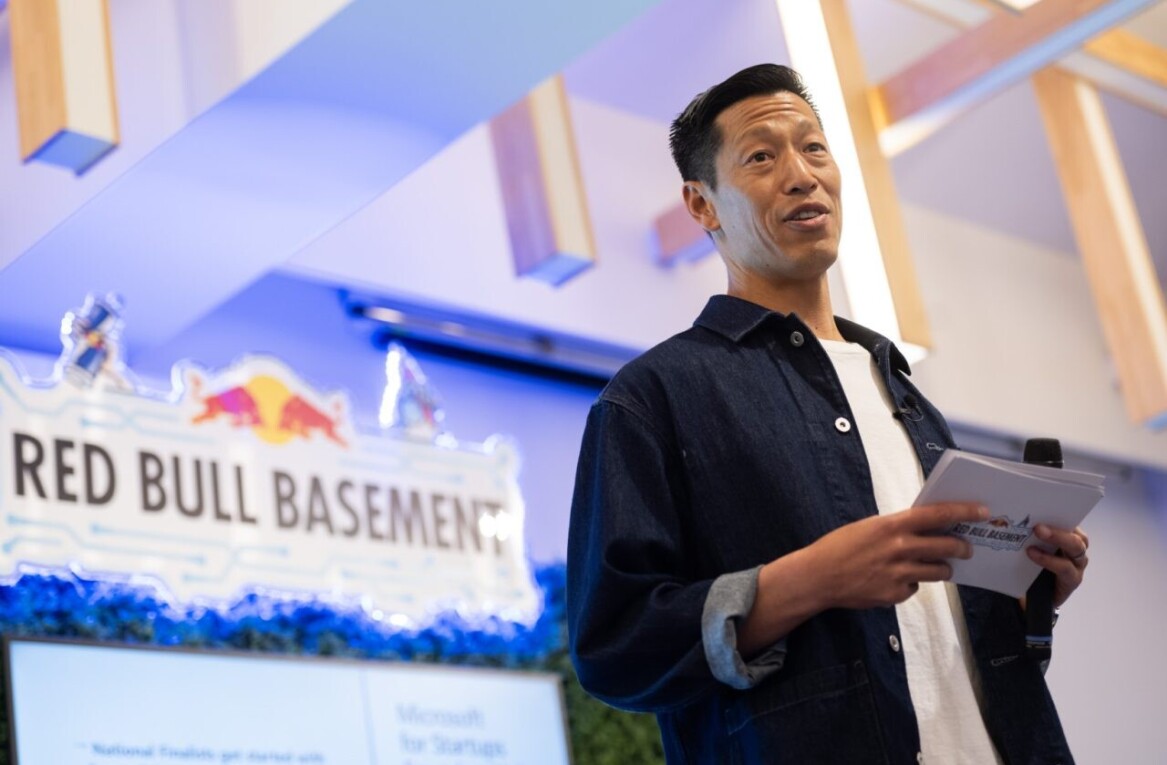
Microsoft has partnered with a Regional Transport Office in the northern city of Dehradun India to roll out a smartphone-based system for driving license tests. The company’s Harnessing AutoMobiles for Safety (HAMS) uses AI to monitor drivers and their driving.
To use the AI, the driver has to place a phone on a holder on the dashboard of the car. The software first checks the face of the driver and position of the camera, and then asks them to begin the test. Once the driving starts, the AI measures, the driver’s gaze, the vehicle’s trajectory, and its distance from objects using front and rear cameras.
Microsoft partnered with the Institute of Driving and Traffic Research (IDTR) to develop this smartphone-based driving test system. The company then trained the AI on specific driving maneuvers such as parallel parking and driving around a roundabout.
Venkat Padmanabhan, Deputy Managing Director, Microsoft Research India, who started the HAMS project in 2016, says this system removes the need of a human evaluator:
The main challenge in the traditional driver’s license test is the burden placed on the human evaluators and the resulting subjectivity that a candidate faces. Automation using HAMS technology can not only help relieve evaluators of the burden but also make the process objective and transparent for candidates.
Akshay Nambi, a senior researcher at Microsoft, says over 50 people are taking this test at Dehardun every day aided by cameras along the test track. If applicants aren’t satisfied with the AI’s assessment
In India, driving tests are pretty irregulated. Often some other person will appear in lieu of the applicant for the test, or evaluators might not pay attention to all driving aspects. A survey by SaveLIFE Foundation, an organization working on road safety, suggests 59 percent license holders didn’t take a driving test. An AI-based implementation can help avoid all these mishaps and also reduces dependencies on humans.
Get the TNW newsletter
Get the most important tech news in your inbox each week.





